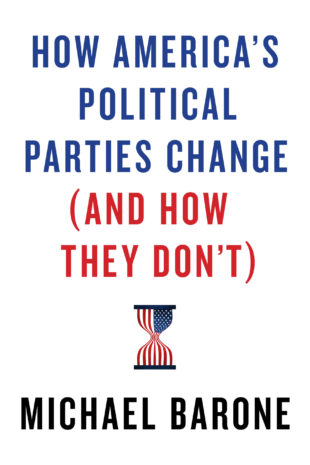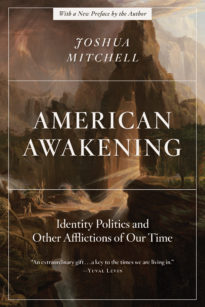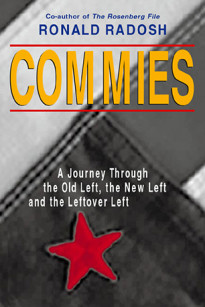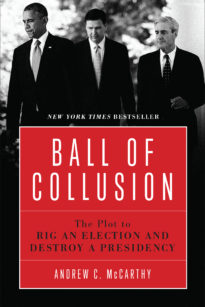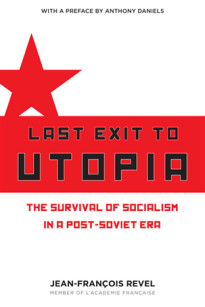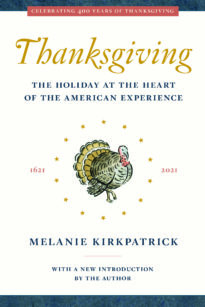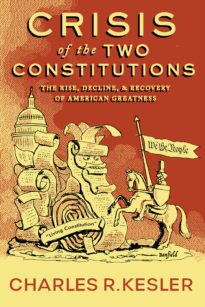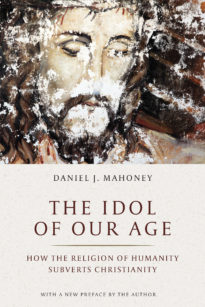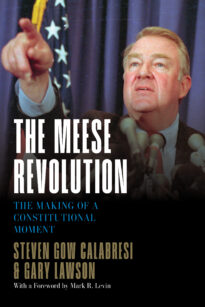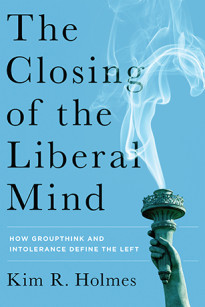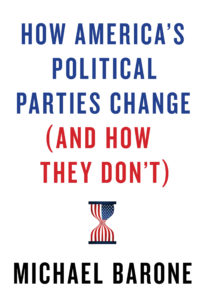Panic is a poor guide to reality. In the nine o’clock hour on the evening of November 8, 2016, as it became clear that Hillary Clinton was not going to win the electoral votes of Florida and Pennsylvania and that Donald Trump was going to be the 45th president of the United States, something like panic set in for millions of Americans and foreigners who had not until that point imagined that such an outcome was possible. Panicky predictions were made about what President Trump might do and about how our entire political system might be destabilized. Panicky predictions were made that huge shifts in voting behavior meant either that Republicans had gained forever a monopoly of white working–class voters—or that Republicans were doomed to be the minority party for the rest of history, if they were to remain an active political party at all.
For those of us with some years of experience observing postelection commentary, all this had a certain familiarity. I am old enough to have observed the predictions of the death of the Republican Party after the election of 1964 and of the permanent minority status of the Democratic Party after its electoral reverses in the 1980s and 1990s. I have read enough history to know how plausible such predictions were after the 60 to 34 percent defeat of the Democratic Party in 1920 and the 57 to 40 percent defeat of the Republican Party just twelve years later, in 1932.
In fact the change in party percentages between 2012 and 2016—or between any presidential election since 1996 and that of 2016—was minimal by historical standards. Donald Trump’s percentage of the popular vote was 1 percent lower than Mitt Romney’s in 2012, while Hillary Clinton’s share was 3 percent lower than Barack Obama’s that year. The most recent generation of our politics has been characterized by what I have called polarized partisan parity, to an extent that is arguably unprecedented in American history. There were far greater oscillations in party percentages between the elections of 1976 and 1980, for example, or between those of 1988 and 1992.
It’s true that there were bigger shifts in the levels of support for each party’s nominee by certain segments of the electorate—shifts that produced, to almost everyone’s surprise, an Electoral College majority for Donald Trump—but these were not of unprecedented magnitude either. Trump, as compared with Romney or other recent Republican nominees, won fewer votes from white college graduates and additional votes—just a little more—from white non-college–graduates. But his losses among the former group cost him no electoral votes, while his gains among the latter netted him the 100 electoral votes of Florida, Pennsylvania, Ohio, Michigan, Wisconsin, Iowa, and the 2nd congressional district of Maine. His margins were small and arguably tenuous, as indicated by the net loss of 40 or 41 House seats by the Republican Party in 2018, as Republican House candidates failed to match Trump levels of support from non-college whites and, more significantly, suffered further losses among white college graduates.
The panicky responses are in need of perspective. In my commentary at public forums at the American Enterprise Institute and in my columns in the Washington Examiner, I have argued that we are not in the midst of a gigantic electoral upheaval but something more in the nature of a course correction and that our political parties have persisted and adapted through more daunting challenges. Americans seem to be placidly unaware that we have the oldest and third oldest political parties in the world, with the Democratic Party dating from the 1832 national convention that nominated Andrew Jackson for a second term and the Republican Party dating from 1854 protests against the Kansas-Nebraska Act allowing slavery in the territories. Their only competitor in longevity is the British Conservative Party (itself in a period of turmoil today), which its leading historian, Robert Blake, dates to reaction against the repeal of the Corn Laws in 1846. Parties as long-lasting as these, I submit, even as they shift positions in response to events and elections, represent something basic in the character of the nations they have governed with considerable and recurring success.
These arguments are hard to convey in short-form journalism and rapid-fire commentary. It is especially difficult to make reference to historic persons and events that are not immediately familiar even to generally well-informed citizens. Fortunately I have had the opportunity over the past two years to address them at greater length, in what I hope is an accessible manner however unfamiliar the material. One of my great pleasures in life is what I call my vagrant reading—prowling through books with no direct or immediate connection to my work—and among my favorite types of books are the slim volumes consisting of a few lectures by eminent historians like H. R. Trevor-Roper and J. H. Elliott, Bernard Bailyn and Edmund Morgan. There are few more delightful ways to spend an evening than settling into a comfortable chair and reading in one sitting a brilliant scholar’s distillation of a lifetime of learning, enlivened by a gift for the arresting example. Such books are the models I had in mind when preparing these essays, versions of which were delivered as lectures.
My subject is the long history—and the striking resilience—of our two political parties. When I first started reading history as a child, I wondered why other sorts of parties—a socialist party, a progressive party, a traditionalist party, a religious party—had not developed in the United States. One answer is that our electoral system—the Electoral College, the single-member congressional (and senatorial) district—works powerfully against the emergence of such alternatives. This is one reason why this country did not spawn a major socialist party in the early twentieth century, as most European democracies did, and why the Progressive Party, led by America’s leading vote-getter up to that point, Theodore Roosevelt, vanished less than half a dozen years after its second-place finish in the election of 1912.
But there is something more basic about our American parties, I came to think as I mulled their history, something fundamental to how the two of them together have for many years provided voters with a yin-and-yang alternative in what has always been a diverse nation—diverse regionally, economically, religiously, racially and ethnically, culturally—from its colonial beginnings. The Republican Party has always been formed around a core of people who are considered, by themselves and others, to be typical Americans, although they are never by themselves a majority: northern Protestants in the nineteenth century, married white people in the twenty-first. The Democratic Party has always been a combination, a coalition, of people who are not thought of, by themselves or others, as typical Americans, but who together often form a majority: southern slaveholders and big–city Catholics in the nineteenth century, churchgoing and urban blacks and affluent urban and suburban liberals in the twenty-first.
Both parties have changed their policies, adapting to economic and demographic circumstances and to signals in the political marketplace. And both parties, in the process, have tended to provide a congenial (though sometimes very temporary) political home for the large majority of Americans over many years. The fact that they have been doing so, performing those functions under stress and despite some massive setbacks for so long provides some basis for thinking that they will pass through the stress test being administered by Donald Trump, his Republican fans and critics, and his Democratic opponents, as they have passed through others even more stringent many times before. Perspective is a better guide to reality than panic.
